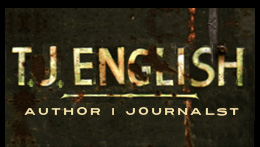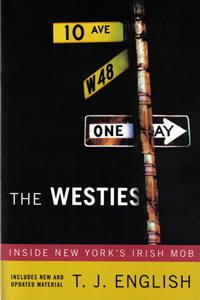
THE WESTIES:
Inside New York's Irish Mob
PAPERBACK: 400 pages
PUBLISHER: St. Martin's Griffin
ORIGINAL PUBLISHER: G.P. Putnam's Sons (1990)
LANGUAGE: English
ISBN-10: 0312362846
ISBN-13: 978-0312362843
ONLINE PURCHASE: Amazon | Barnes & Noble | Borders | Indiebound
Photos
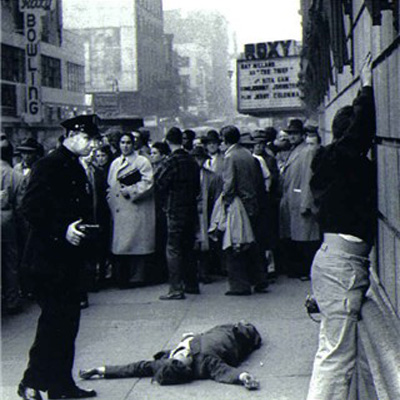
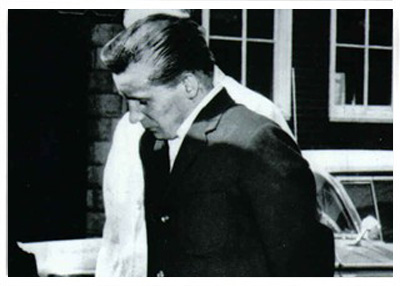
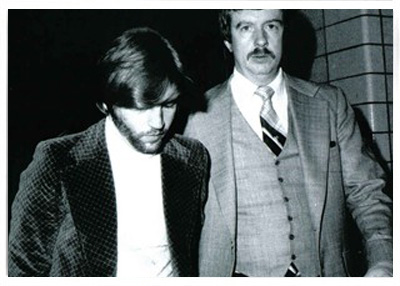
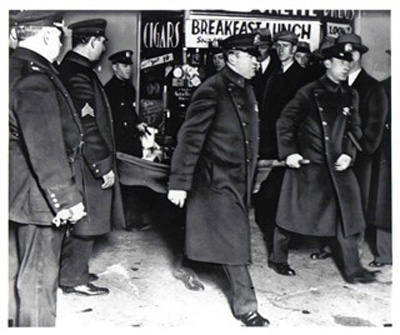
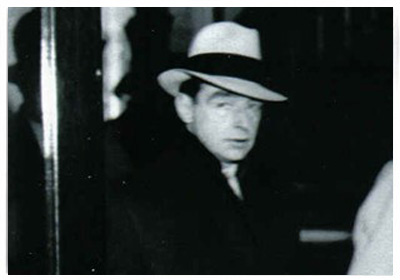
Synopsis
In T.J. English's stunning debut as a crime writer, he tells the bloody saga of the Westies, a loose collection of Irish American hoodlums that Rudolph Giuliani, then U.S. Attorney for the District of New York, proclaimed to be "the most savage organization in the long history of New York City gangs."
The Westies is an epic tale spanning more than sixty years. Along with a sprawling cast of characters that includes many of the city's most well-known underworld figures, the book explores the social and historical forces that helped turn a small-time Irish American mob into perhaps the most notorious New York City gang of the late-20th Century.
Throughout the Sixties, Seventies, and Eighties, as the Vietnam War raged, New York skirted bankruptcy, and gentrification made the city's working class seem like an endangered species, two young hoodlums named Jimmy Coonan and Mickey Featherstone rose to prominence in the local criminal underworld. Both Irish Americans, they came from a long line of Irish gangsters on Manhattan's West Side whose roots stretched back to the the speakeasies and dance halls of the Prohibition era through the rough-and-tumble years of the waterfront rackets and beyond.
Through loansharking, extortion and labor racketeering, Coonan and Featherstone made their presence felt in the mid-1970s. Soon, other neighborhood gangsters began to coalesce around the duo. This loose amalgam of hoods was called "the Westies" by one detective and later by the city's newspapers that chronicled the gang's exploits. The Westies ruled the tough blue-collar neighborhood of Hell's Kitchen with an outrageous brutality reminiscent of gangland Chicago. After members of the Westies gang killed a bad debtor and threw him out a window, Hell's Kitchen became known as the neighborhood where dead bodies literally fell out of the sky.
No corpus delicti, no investigation became the Westies' motto. One gang member had trained as a butcher in prison and brought his new job skills back to the neighborhood. The Westies frequently dismembered their murder victims and dumped the remains in the East River. They carried severed heads and other body parts in plastic garbage bags around the neighborhood. They once left the severed genitalia of one of their victims in an empty milk carton in the refrigerator of a rival gangster.
As the Westies gangland killings became more macabre and depraved, they attracted attention within the underworld. Eventually, they formed an alliance with the Brooklyn-based Gambino Crime Family, the most powerful Mafia organization in the United States. The Westies carried out contract hits for the Mafia and engaged in violent extortions and labor racketeering. The Mafia link brought the Irishmen to new criminal heights but also sowed the seeds of jealousy, betrayal and bloodshed within the volatile gang.
Jimmy Coonan was the gang's leader, but the emotional heart and soul of the gang was Mickey Featherstone, a troubled Vietnam vet who became the Westies most feared enforcer. Author English tells the story of the gang's rise and fall primarily through the eyes of Featherstone, who emerges as a conflicted character. When Featherstone is convicted for a murder that he didn't commit, believing that he was set up by his best friend and partner Coonan, he breaks the West Side code of silence and flips. His decision to turn against the gang and testify against them in court is rendered in intimate detail.
The Westies also tells the story of the cops who pursued the gang, of their ten-year investigation, of repeated arrests and frustrating acquittals -- and the often brilliant work of the gang's wily criminal defense attorneys. It is no surprise that The Westies has never been out of print in the twenty-plus years since it was first published. Today, it is recognized as a true-crime classic.
